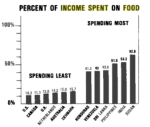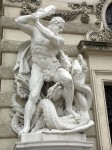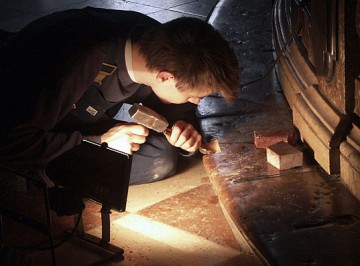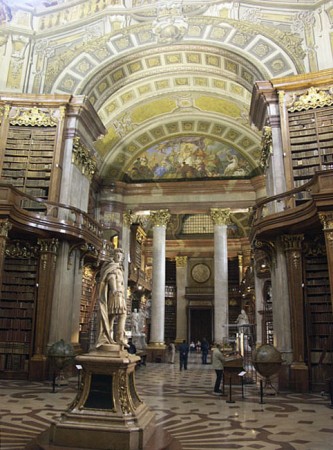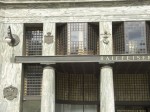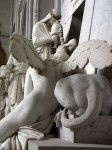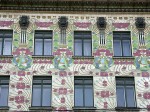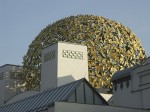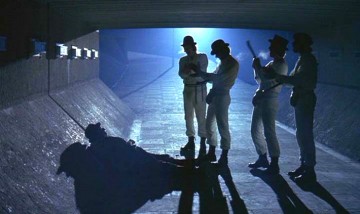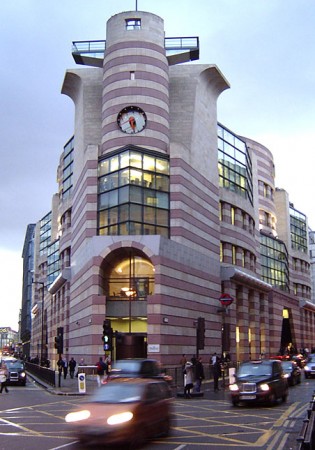
A quick trip to London's Number 1 Poultry today. If you can get to the impressive roof garden there are stunning views that more than make up for the irksomely courageous whimsy of the controversial architecture.
Peter Palumbo spent decades acquiring the site site piecemeal from 1958. His scheme to demolish the listed Mappin & Webb building and replace it with what Prince Charles called a 'giant glass stump' - a monumentally impressive bronze coloured steel and glass tower by Mies van der Rohe - was decisively thrown out in 1984.
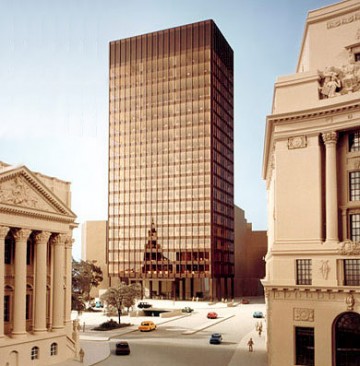
Palumbo's answer to his critics was to appoint RIBA medal-winner James Stirling to design a vigorously jokey post-modernist block.
Stirling thought he had only a 50-50 chance of success. "I do regard this site as being very special, at this spider's web intersection surrounded by all those heroes like Lutyens and Hawksmoor and Dance. It's the quintessence of London."

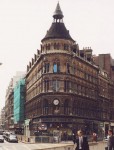 Like a stranded submarine decked out in pink stripes, the triangular building seems desperately to be sailing its giant conning tower up the slope towards the Mansion House. The stepped frontage ripples with fiddly bits. Triangles are punched out of the facade and theatrical games are played with circles and squares. The building has a bunker-like rear that currently accommodates a Wetherspoons.
Like a stranded submarine decked out in pink stripes, the triangular building seems desperately to be sailing its giant conning tower up the slope towards the Mansion House. The stepped frontage ripples with fiddly bits. Triangles are punched out of the facade and theatrical games are played with circles and squares. The building has a bunker-like rear that currently accommodates a Wetherspoons.
But it uses Portland stone and granite, and it contains echoes of the old buildings on site (if anyone remembers them) so it could hardly upset the purists, could it? Could it ever. Prince Charles demonstrated his familiarity with the latest technology when he said it looked like a 'broken 1930s wireless set'.
Delayed by recession, the design was posthumously completed after Stirling died at the hands of an incompetent anaesthetist. Since then it has regularly won polls for both the best and worst building in London.
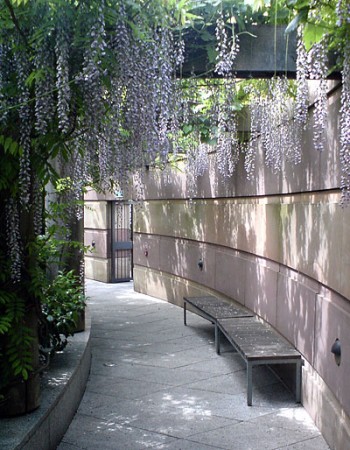 Walk into the open rotunda at the centre of the development (with its irritating Dayglo coloured window casements) and take the lift to the Conran-run 'Coq d'Argent' roof garden restaurant and a whole new impression forms.
Walk into the open rotunda at the centre of the development (with its irritating Dayglo coloured window casements) and take the lift to the Conran-run 'Coq d'Argent' roof garden restaurant and a whole new impression forms.
Wisteria and hawthorn flourish. Fragrant box hedging leads to stunning views of the gherkin and Wren City churches from the glass ship's bridge, either side of the conning tower. Well worth a visit, especially on a Sunday when the people paid to keep rubber-neckers away from the rooftop are less likely to be on duty.
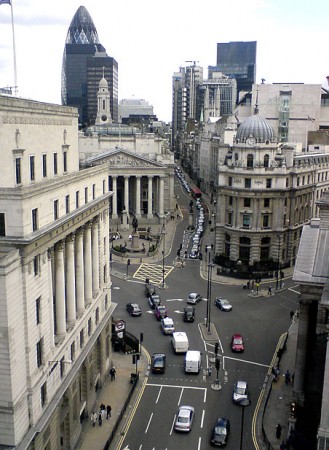

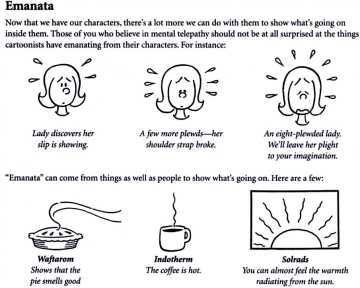
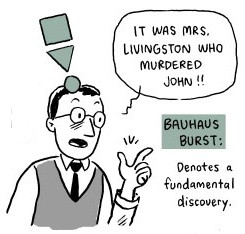 It's funny in a
It's funny in a 

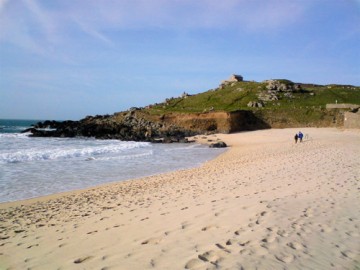
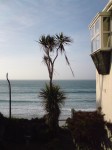
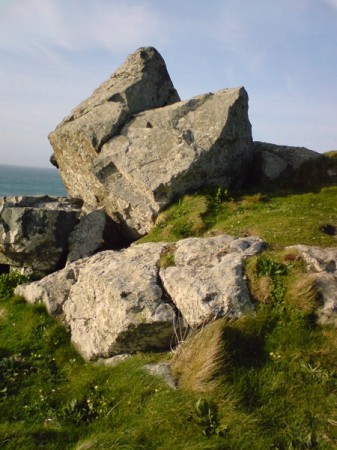 Hepworth picked up on it when she wrote "St Ives has absolutely enraptured me, not merely for its beauty, but the naturalness of life". She loved the sense of community as well as the:
Hepworth picked up on it when she wrote "St Ives has absolutely enraptured me, not merely for its beauty, but the naturalness of life". She loved the sense of community as well as the:

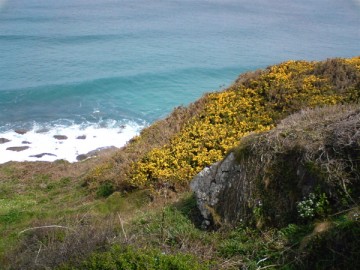
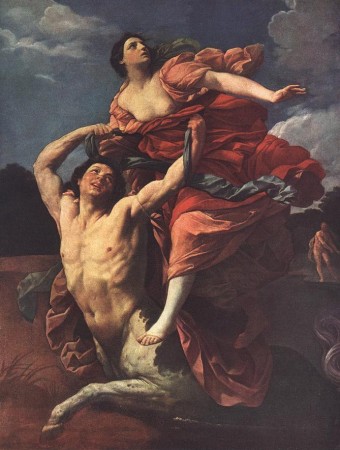
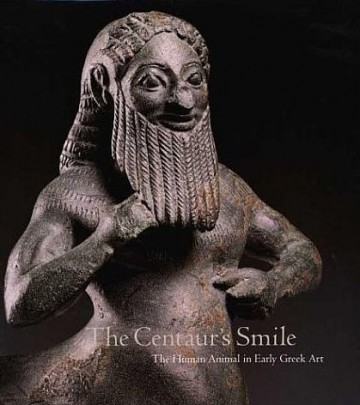
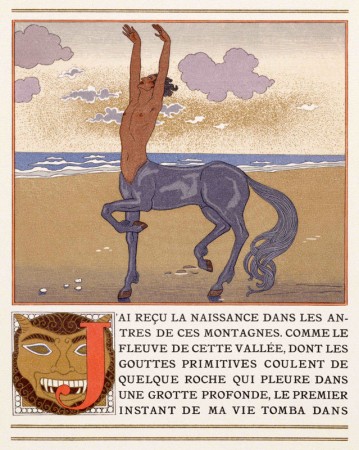 Other interesting editions of the de Guérin story include one printed by Ricketts and Shannon at the Vale Press in 1899 and this art deco interpretation featuring a distinctly un-menacing centaur by George Barbier (1928). Ricketts returned again and again to the centaur theme. In 1902 the artist and his long time collaborator Shannon were the models for a small painting of Nessus and his stolen bride Dejanira in which:
Other interesting editions of the de Guérin story include one printed by Ricketts and Shannon at the Vale Press in 1899 and this art deco interpretation featuring a distinctly un-menacing centaur by George Barbier (1928). Ricketts returned again and again to the centaur theme. In 1902 the artist and his long time collaborator Shannon were the models for a small painting of Nessus and his stolen bride Dejanira in which: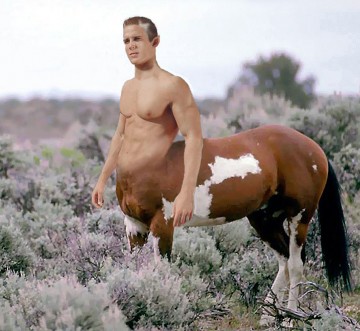
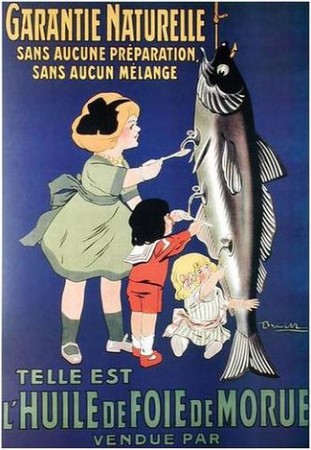
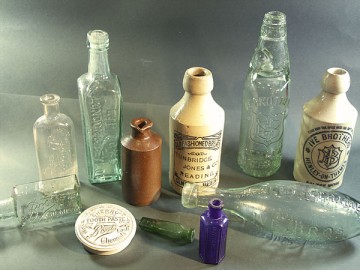
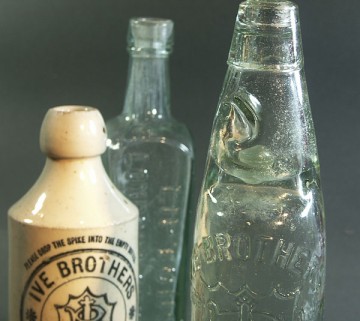

 The
The 
